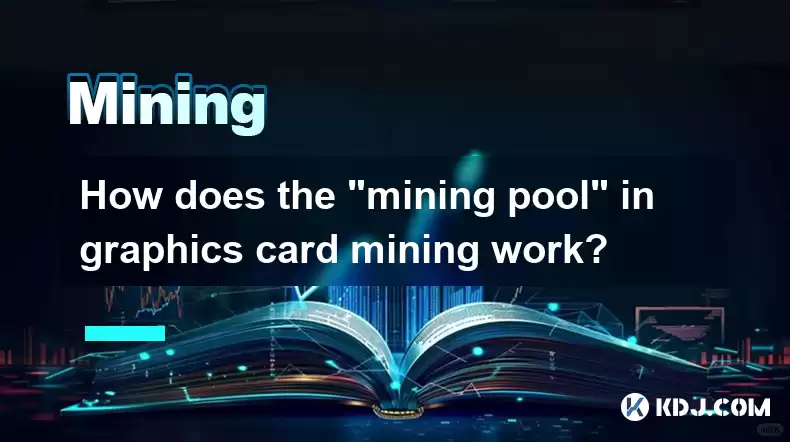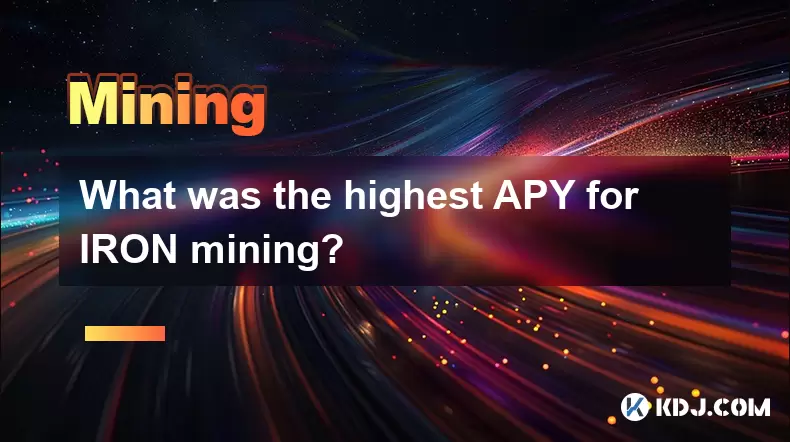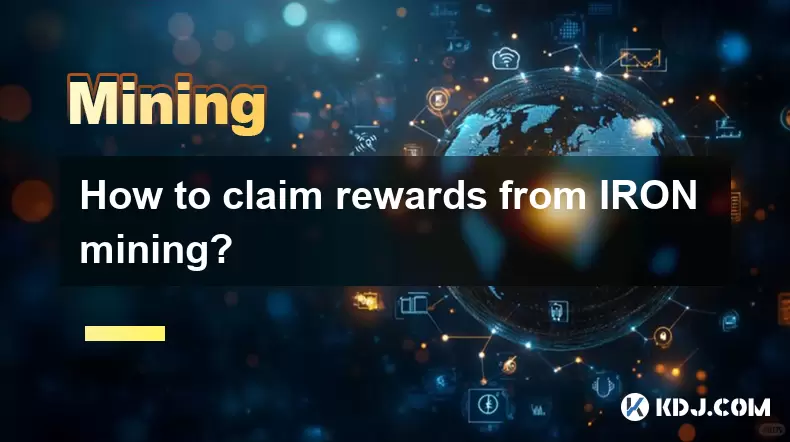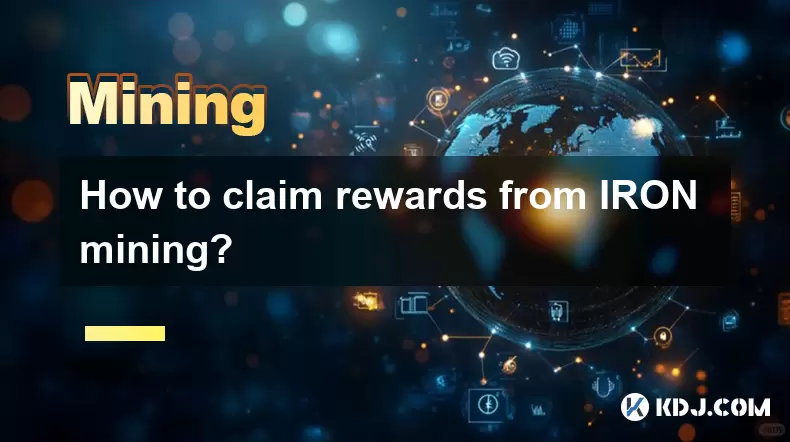-
 Bitcoin
Bitcoin $115000
0.12% -
 Ethereum
Ethereum $3701
4.50% -
 XRP
XRP $3.081
2.99% -
 Tether USDt
Tether USDt $0.0000
-0.01% -
 BNB
BNB $767.9
1.45% -
 Solana
Solana $169.5
3.13% -
 USDC
USDC $0.9999
0.01% -
 Dogecoin
Dogecoin $0.2106
4.30% -
 TRON
TRON $0.3334
1.62% -
 Cardano
Cardano $0.7564
2.54% -
 Stellar
Stellar $0.4165
0.76% -
 Hyperliquid
Hyperliquid $38.75
0.25% -
 Sui
Sui $3.593
3.00% -
 Chainlink
Chainlink $17.08
3.59% -
 Bitcoin Cash
Bitcoin Cash $573.6
4.35% -
 Hedera
Hedera $0.2508
-0.84% -
 Avalanche
Avalanche $23.07
6.46% -
 Ethena USDe
Ethena USDe $1.001
-0.02% -
 Litecoin
Litecoin $120.8
8.17% -
 UNUS SED LEO
UNUS SED LEO $8.943
-0.32% -
 Toncoin
Toncoin $3.400
-5.60% -
 Shiba Inu
Shiba Inu $0.00001255
1.54% -
 Uniswap
Uniswap $9.908
6.32% -
 Polkadot
Polkadot $3.718
2.10% -
 Monero
Monero $303.0
-0.74% -
 Dai
Dai $0.9999
-0.02% -
 Bitget Token
Bitget Token $4.392
0.91% -
 Cronos
Cronos $0.1403
6.31% -
 Pepe
Pepe $0.00001076
1.13% -
 Aave
Aave $267.2
1.80%
How does the "mining pool" in graphics card mining work?
Mining pools combine miners' computational power to solve crypto puzzles, increasing reward chances and providing stable income, crucial for graphics card miners.
Apr 05, 2025 at 05:56 pm

In the world of cryptocurrency, "mining pool" is a crucial concept, especially when it comes to graphics card mining. Mining pools are collaborative groups of miners who combine their computational resources to increase their chances of solving complex cryptographic puzzles and earning cryptocurrency rewards. This cooperative approach is particularly beneficial for individual miners with limited computing power, as it allows them to compete more effectively against larger mining operations.
Mining pools work by distributing the workload among participating miners. When a pool successfully mines a block, the reward is shared among the members based on their contributed computational power. This system not only increases the likelihood of earning rewards but also provides a more consistent income stream compared to solo mining. Understanding the mechanics of mining pools can help miners make informed decisions about their mining strategies and optimize their operations.
How Mining Pools Function
Mining pools operate on a shared resource model where multiple miners contribute their computing power to a common goal. The pool's server manages the distribution of work and the allocation of rewards. When a miner joins a pool, they receive a segment of the overall mining task, which they then work on using their graphics card. The pool's software continuously communicates with the miner's hardware, sending new tasks and collecting completed work.
Once a block is successfully mined by the pool, the reward is distributed according to each miner's contribution. This contribution is typically measured in terms of the "hash rate" or the number of hash operations a miner's graphics card can perform per second. The more powerful a miner's graphics card, the larger their share of the reward. This system ensures that even miners with less powerful hardware can still participate and earn rewards, albeit smaller ones compared to those with more robust setups.
Benefits of Joining a Mining Pool
Joining a mining pool offers several advantages for graphics card miners. One of the primary benefits is the increased probability of earning rewards. Since the pool combines the computational power of many miners, it can solve cryptographic puzzles more quickly than an individual miner working alone. This means that pool members can expect to receive rewards more frequently, even if the individual rewards are smaller.
Another significant advantage is the stability of income. Solo mining can be highly unpredictable, with long periods of no rewards followed by occasional large payouts. In contrast, mining pools distribute rewards more evenly over time, providing miners with a more predictable income stream. This stability can be particularly important for miners who rely on their mining earnings as a significant source of income.
Additionally, mining pools often provide technical support and resources to their members. This can include access to advanced mining software, real-time statistics on pool performance, and guidance on optimizing mining setups. For miners new to the cryptocurrency space, these resources can be invaluable in helping them get started and improve their mining operations.
Types of Mining Pools
There are several types of mining pools, each with its own operational model and reward distribution system. The most common types include:
Proportional Pools: In these pools, rewards are distributed based on the proportion of work each miner contributes to the pool. Miners receive a share of the reward that corresponds to their hash rate relative to the total hash rate of the pool.
Pay-Per-Share (PPS) Pools: PPS pools pay miners a fixed amount for each share they submit, regardless of whether the pool successfully mines a block. This system provides miners with a more predictable income but can be riskier for the pool operator, as they must cover the payouts even if the pool does not mine a block.
Score-Based Pools: These pools use a scoring system to determine reward distribution. Miners receive points for submitting shares, and the points are used to calculate their share of the reward when a block is mined. This system can incentivize miners to submit high-quality shares and can help prevent pool hopping.
Peer-to-Peer (P2P) Pools: P2P pools operate without a central server, with miners connecting directly to each other. This decentralized approach can offer greater privacy and security but may be more complex to set up and manage.
Choosing the Right Mining Pool
Selecting the right mining pool is crucial for maximizing the efficiency and profitability of graphics card mining. Several factors should be considered when choosing a pool:
Pool Size: Larger pools tend to mine blocks more frequently, resulting in more consistent rewards. However, they may also have higher fees and more competition for rewards. Smaller pools may offer lower fees and a larger share of the reward but can be less reliable in terms of frequency of payouts.
Fees: Mining pools typically charge a fee for their services, which can range from 1% to 3% of the rewards earned. It's important to compare fees across different pools and consider how they will impact overall profitability.
Payout Structure: Different pools use different methods to distribute rewards, as discussed earlier. Miners should choose a pool with a payout structure that aligns with their financial goals and risk tolerance.
Reputation and Reliability: It's essential to research a pool's reputation and track record. Look for pools with a history of reliable payouts and good customer support. Online forums and reviews can provide valuable insights into a pool's performance and reliability.
Server Location: The geographical location of a pool's servers can affect mining efficiency. Miners should choose a pool with servers that are close to their location to minimize latency and maximize mining performance.
The Role of Graphics Cards in Mining Pools
Graphics cards, or GPUs, play a central role in the mining process within a mining pool. GPUs are preferred for mining many cryptocurrencies due to their ability to perform parallel processing tasks efficiently. In a mining pool, each miner's GPU works on solving a portion of the cryptographic puzzle assigned by the pool's server.
The performance of a miner's GPU directly impacts their contribution to the pool and, consequently, their share of the rewards. Miners with more powerful GPUs can process more hash operations per second, increasing their hash rate and earning potential. However, even miners with less powerful GPUs can still benefit from joining a pool, as their combined efforts can lead to more frequent block discoveries and rewards.
To optimize their mining setup, miners often use specialized software that is designed to work with their specific GPU model. This software can help maximize the GPU's performance and efficiency, ensuring that miners get the most out of their hardware. Additionally, miners may need to adjust their GPU settings, such as clock speeds and power consumption, to find the optimal balance between performance and energy efficiency.
Challenges and Considerations
While mining pools offer many benefits, there are also challenges and considerations that miners should be aware of. One of the main challenges is the potential for pool hopping, where miners switch between pools to maximize their rewards. This practice can be detrimental to the stability of mining pools and may lead to reduced rewards for all members.
Another consideration is the impact of mining on hardware longevity. Mining can be a demanding process that puts significant strain on GPUs, potentially leading to hardware failures and reduced lifespan. Miners should take steps to monitor their hardware's health and ensure proper cooling and maintenance to mitigate these risks.
Additionally, miners should be aware of the regulatory environment surrounding cryptocurrency mining. Some regions have imposed restrictions or taxes on mining activities, which can affect the profitability and feasibility of mining operations. Staying informed about local regulations and compliance requirements is essential for miners looking to operate within the law.
The Future of Mining Pools
As the cryptocurrency landscape continues to evolve, the role of mining pools is likely to change as well. Advances in mining technology, such as the development of more efficient GPUs and the emergence of new mining algorithms, could impact the dynamics of mining pools. Additionally, the growing popularity of decentralized finance (DeFi) and other blockchain-based applications may lead to new opportunities and challenges for mining pools.
In the future, we may see the rise of more decentralized and autonomous mining pools, which could offer greater security and privacy for miners. These pools could leverage blockchain technology to manage operations and distribute rewards in a more transparent and trustless manner. As the industry continues to innovate, miners will need to stay informed and adapt their strategies to remain competitive and profitable.
Common Questions Related to Mining Pools and Graphics Card Mining
Q: What is a mining pool, and why should I join one?
A: A mining pool is a group of miners who combine their computational resources to increase their chances of earning cryptocurrency rewards. Joining a pool can increase the frequency and stability of rewards, making it a more attractive option for miners with limited computing power.
Q: How does a mining pool distribute rewards?
A: Mining pools distribute rewards based on each miner's contribution, typically measured in terms of hash rate. Different pools use different methods, such as proportional, pay-per-share, or score-based systems, to allocate rewards among members.
Q: What factors should I consider when choosing a mining pool?
A: When choosing a mining pool, consider factors such as pool size, fees, payout structure, reputation, reliability, and server location. These factors can impact the efficiency and profitability of your mining operations.
Q: How important is the role of graphics cards in mining pools?
A: Graphics cards are crucial for mining within a pool, as they perform the necessary hash operations to solve cryptographic puzzles. The performance of a miner's GPU directly affects their contribution to the pool and their share of the rewards.
Q: What are the potential challenges of joining a mining pool?
A: Potential challenges include pool hopping, hardware strain, and regulatory compliance. Miners should be aware of these issues and take steps to mitigate their impact on their mining operations.
Q: How might the future of mining pools evolve?
A: The future of mining pools may involve more decentralized and autonomous models, leveraging blockchain technology for greater security and transparency. Advances in mining technology and the growth of DeFi could also influence the development of mining pools.
Disclaimer:info@kdj.com
The information provided is not trading advice. kdj.com does not assume any responsibility for any investments made based on the information provided in this article. Cryptocurrencies are highly volatile and it is highly recommended that you invest with caution after thorough research!
If you believe that the content used on this website infringes your copyright, please contact us immediately (info@kdj.com) and we will delete it promptly.
- Velo Universe, DEX, and DeFi Security: Navigating the Future of Decentralized Trading
- 2025-08-05 09:25:13
- Bitget Wallet Revolutionizes Solana with Gas-Free Transactions: A New Era for DeFi
- 2025-08-05 09:25:13
- Ozak AI, Crypto Boom, and ROI Potential: Is This the Next Big Thing?
- 2025-08-05 09:25:24
- Solana's ETF Hopes & the All-Time High Chase: Is SOL Set to Soar?
- 2025-08-05 09:25:24
- Coinbase's Brian Armstrong and the Art of Focused Work: A Deep Dive
- 2025-08-05 09:25:30
- Uniswap Price Prediction: Bullish Reversal on the Horizon?
- 2025-08-05 09:25:30
Related knowledge

What was the highest APY for IRON mining?
Jul 23,2025 at 05:14am
Understanding IRON Token and Its Mining MechanismThe IRON token is a stablecoin that operates within the Iron Finance ecosystem, primarily on blockcha...

What is impermanent loss in IRON pools?
Jul 23,2025 at 09:00am
Understanding Impermanent Loss in the Context of IRON PoolsImpermanent loss is a phenomenon that affects liquidity providers in decentralized finance ...

How to claim rewards from IRON mining?
Jul 23,2025 at 02:21pm
Understanding IRON Mining and Reward MechanismsIRON Finance operated as a decentralized finance (DeFi) protocol on the Polygon and Binance Smart Chain...

How to claim rewards from IRON mining?
Jul 29,2025 at 05:07am
Understanding IRON Mining and Reward MechanismIRON is a dual-token system designed to stabilize the value of a synthetic asset through a combination o...

IRON mining tutorial for beginners
Jul 27,2025 at 12:01am
What Is IRON and How Does It Work in the Cryptocurrency Ecosystem?IRON is a cryptocurrency token that operates on the Binance Smart Chain (BSC) and is...

How to calculate APY for IRON mining?
Jul 28,2025 at 09:49am
Understanding APY in the Context of IRON Token MiningWhen engaging in IRON token mining within decentralized finance (DeFi) platforms, Annual Percenta...

What was the highest APY for IRON mining?
Jul 23,2025 at 05:14am
Understanding IRON Token and Its Mining MechanismThe IRON token is a stablecoin that operates within the Iron Finance ecosystem, primarily on blockcha...

What is impermanent loss in IRON pools?
Jul 23,2025 at 09:00am
Understanding Impermanent Loss in the Context of IRON PoolsImpermanent loss is a phenomenon that affects liquidity providers in decentralized finance ...

How to claim rewards from IRON mining?
Jul 23,2025 at 02:21pm
Understanding IRON Mining and Reward MechanismsIRON Finance operated as a decentralized finance (DeFi) protocol on the Polygon and Binance Smart Chain...

How to claim rewards from IRON mining?
Jul 29,2025 at 05:07am
Understanding IRON Mining and Reward MechanismIRON is a dual-token system designed to stabilize the value of a synthetic asset through a combination o...

IRON mining tutorial for beginners
Jul 27,2025 at 12:01am
What Is IRON and How Does It Work in the Cryptocurrency Ecosystem?IRON is a cryptocurrency token that operates on the Binance Smart Chain (BSC) and is...

How to calculate APY for IRON mining?
Jul 28,2025 at 09:49am
Understanding APY in the Context of IRON Token MiningWhen engaging in IRON token mining within decentralized finance (DeFi) platforms, Annual Percenta...
See all articles

























































































